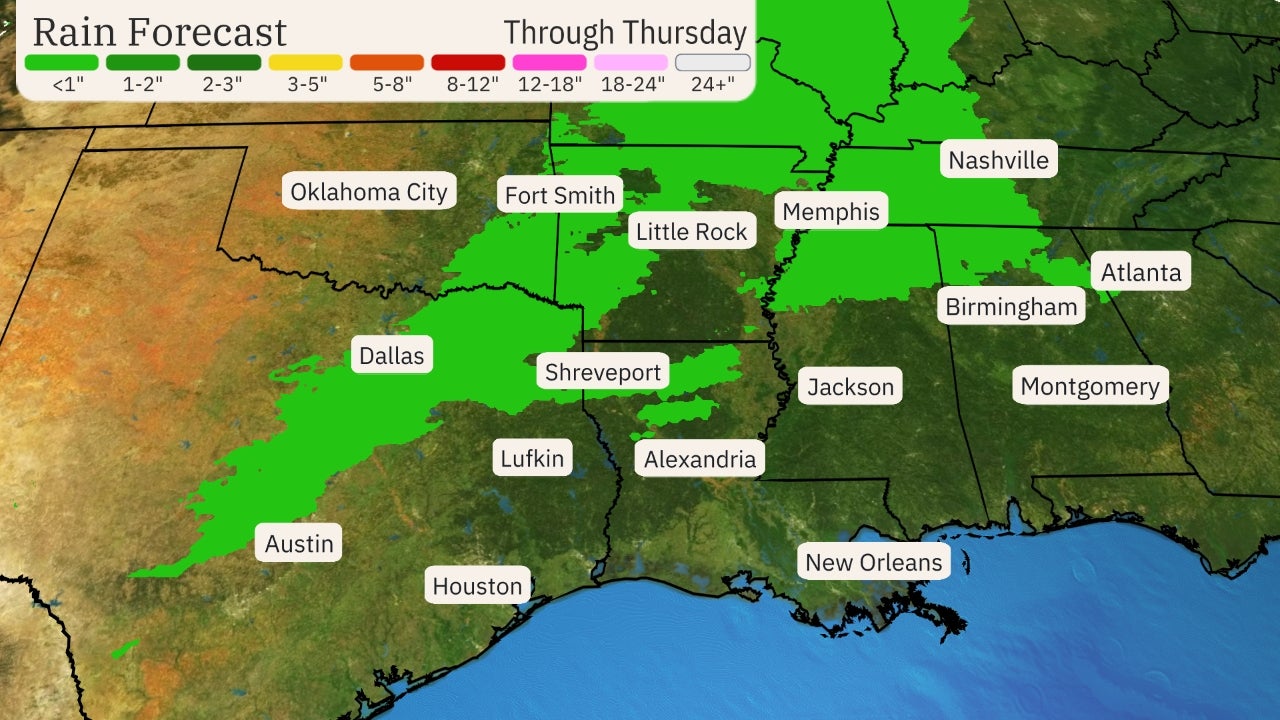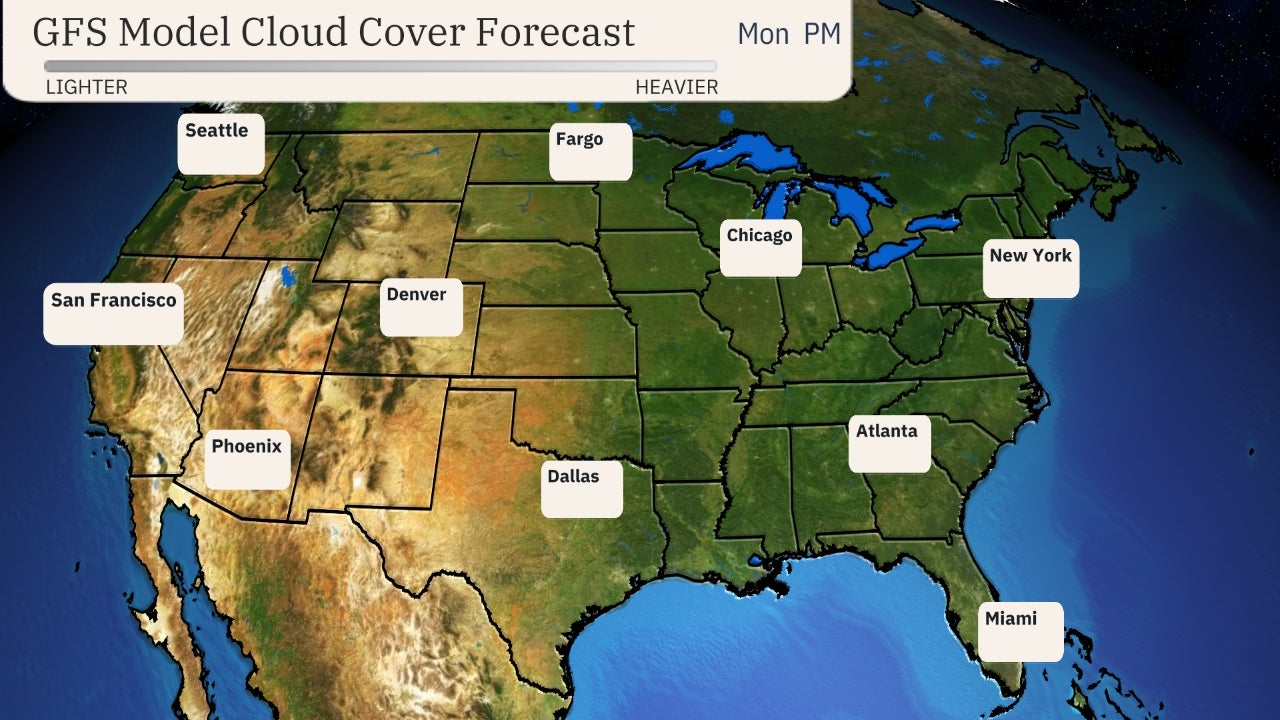Spanning the North Pacific Ocean, a strong jet stream will guide a number of storms toward the Pacific Northwest through at least Groundhog Day weekend.
In this case, our forecasts suggest this parade of storms will primarily take aim on the Pacific Northwest and parts of British Columbia.
These Pacific storms could be accompanied by an atmospheric river, a deep plume of moisture often associated with heavier rain events. It sometimes spans thousands of miles from Hawaii or the western Pacific Ocean toward the West Coast.
Stormcast: How Much and How Long?
One system is bringing rain and mountain snow to parts of Washington and Oregon.
Because of that warmer air, some river flooding and landslides are possible due to the combination of this precipitation and melting snow.
Gusty winds are also anticipated later Saturday, especially along the coast but breezy conditions will extend inland.

Several systems will follow, moving into the Northwest into early week with more rain and mountain snow. You can see the next storm in the satellite, moisture and pressure analysis map below to the west of the current system.
There will be breaks in the precipitation at times, but as the National Weather Service office in Seattle noted in its Friday morning discussion "the brief respites in the squishiness are measured more in hours than days."

After that, our current forecast guidance suggests one, perhaps two, stronger storms might arrive in the Northwest around the middle of next week and Groundhog Day weekend.
This combination of Pacific storms is likely to wring out heavy rain from the coastal ranges of far northwestern California to western Oregon and western Washington. Some of these areas could pick up 5 to 10 inches of rain over the next seven days.
This is likely to trigger flash flooding, river flooding and landslides, particularly in western Washington, where precipitation has been heaviest this month and rivers are already running high.

Parts of the Cascades, particularly in Washington, are likely to see multiple feet of snow through Groundhog Day.
The combination of strong winds and heavy, wet snow will likely lead to a high danger of avalanches in the Cascades, particularly in Washington.
Much less rain and Sierra snow is expected for the Interstate 80 corridor in Northern California, and Southern California should stay dry.
So while steady rain may not fall every day, our latest forecast has at least a chance of light rain or showers virtually every day through the first week of February in both Seattle and Portland.

This sounds like a long precipitation streak, but it's not unusual in the Pacific Northwest in winter.
Seattle averages 18 days each January with measurable precipitation – at least 0.01 inches. They had 28 such wet days in January 1953 and 2006.
Seattle had a 14-day wet streak earlier in the month – Jan. 2-15 – and once had a 33-day wet streak from Jan. 6 to Feb. 7, 1953.
The Weather Company’s primary journalistic mission is to report on breaking weather news, the environment and the importance of science to our lives. This story does not necessarily represent the position of our parent company, IBM.
The Weather Company’s primary journalistic mission is to report on breaking weather news, the environment and the importance of science to our lives. This story does not necessarily represent the position of our parent company, IBM.

No comments:
Post a Comment